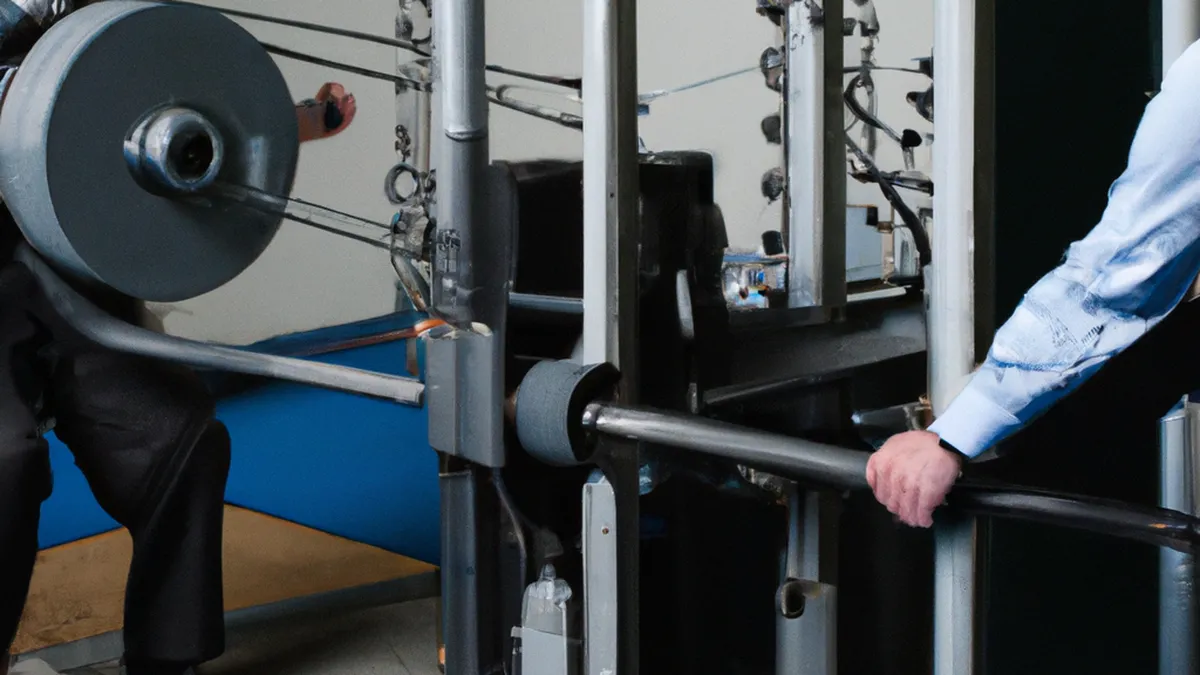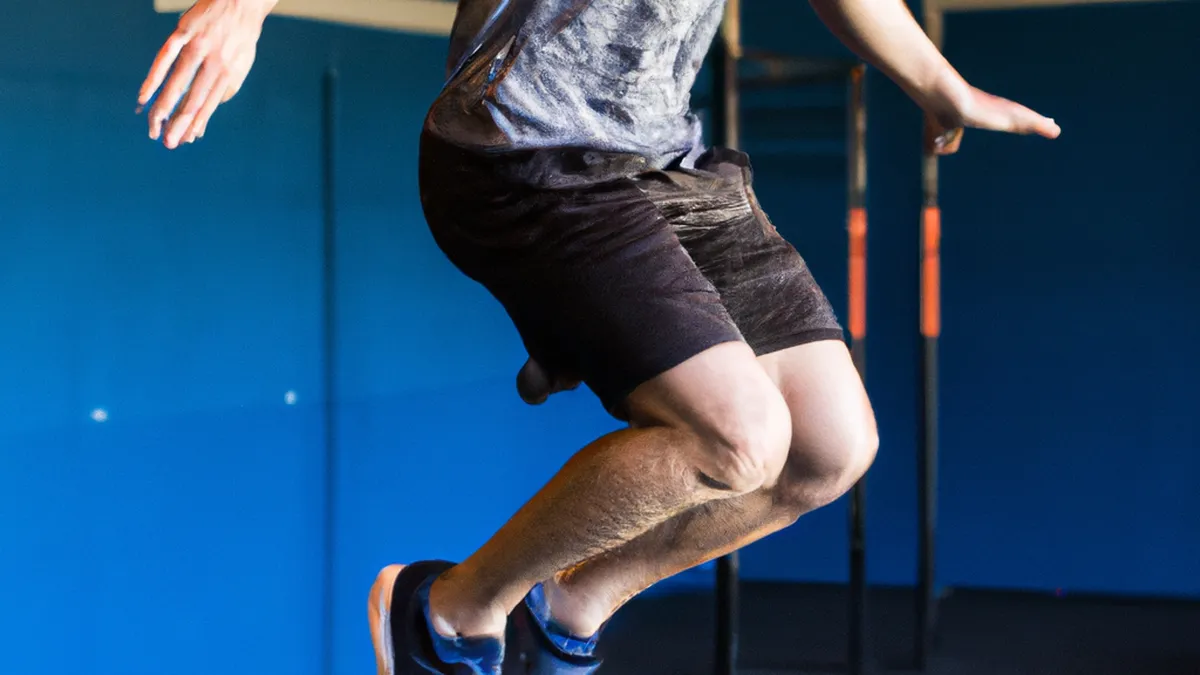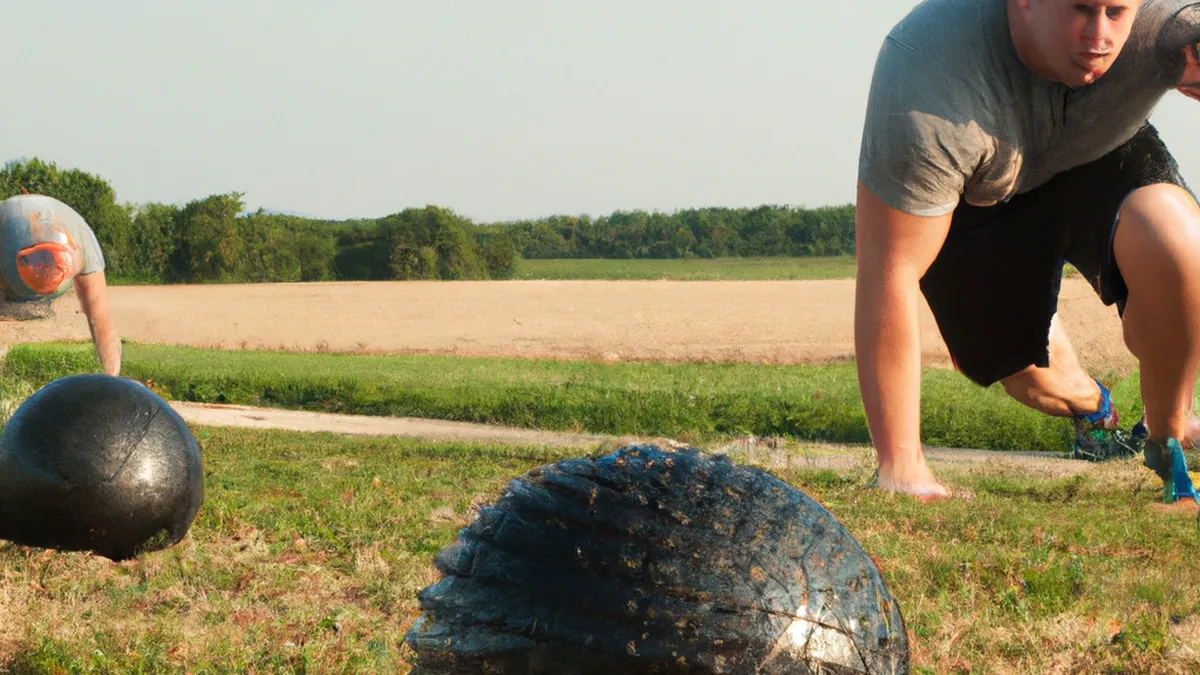Deadlift Setup: What You Might Miss
Deadlift Form TroubleshootingThe deadlift builds strength effectively. However, many people struggle with their form. Poor form limits gains and increases injury risk. This blog post helps you troubleshoot common deadlift issues. Let’s ensure you lift safely and effectively.
Common Deadlift Form Issues
Rounded Back
A rounded back is a common issue. It increases injury risk. Misaligned spines put excessive strain on the lower back.To fix this, maintain a neutral spine. Keep your chest up and shoulders back. Imagine a string pulling your chest upward. This visualization helps keep your back straight.
Bar Path
Another mistake involves the bar path. If the bar drifts away from your body, it creates leverage issues. This can lead to back strain and ineffective lifting.To correct this, keep the bar close to your shins. Drag the bar up your legs as you lift. This maintains a straight bar path and improves your lift.
Hip Hinge
Many lifters confuse squats with deadlifts. A deadlift requires a hip hinge, not a squat. Squatting instead of hinging makes lifting inefficient.To master the hip hinge, practice with lighter weights. Push your hips back while keeping your knees slightly bent. This movement teaches correct deadlift mechanics.
Tips for Perfecting Your Deadlift Form
As an Amazon Associate I earn from qualifying purchases.
Gear tip: consider anti chafe balm, compact home gym set, and standing desk balance board to support this topic.
Warm Up Properly
Always warm up before heavy deadlifts. A proper warm-up prepares muscles and joints. This reduces injury risk.Try dynamic stretches for your hamstrings, hip flexors, and lower back. Perform lighter deadlifts to familiarize yourself with the movement.
Use Proper Footwear
Footwear affects your deadlift performance. Avoid squishy shoes like running sneakers. Choose flat, stable shoes or weightlifting shoes instead.Flat shoes provide better ground contact. This improves balance and power transfer during your lift.
Engage Your Core
A strong core is essential for a successful deadlift. Engaging your core stabilizes and protects your spine.Before lifting, take a deep breath and tighten your abdominal muscles. This should feel like bracing for a punch. Hold this tension throughout your lift.
Advice for Overcoming Deadlift Plateaus
Track Your Progress
If you hit a plateau, track your lifts. Record your weight, reps, and sets. This helps identify trends and make adjustments.Consider adding variations like deficit deadlifts or Romanian deadlifts. These target different muscle groups and stimulate growth.
Focus on Recovery
Recovery is critical for progress. Allow adequate rest between deadlift sessions. Prioritize sleep and nutrition to support muscle recovery.Incorporate mobility work to enhance performance. Stretching and foam rolling alleviate tightness and improve range of motion.
Work with a Coach
If you struggle with form, consider hiring a coach. A coach provides personalized feedback and guidance. They help identify issues you might miss.Investing in coaching may seem costly, but it leads to improvements. This investment pays off when you lift heavier weights safely.
Benefits of Proper Deadlift Form
Proper deadlift form offers numerous benefits. First, it improves strength across multiple muscle groups. You engage your back, glutes, hamstrings, and core during a lift.Second, good form enhances overall performance. Improved technique allows you to lift heavier weights more efficiently. This leads to greater gains in strength and muscle mass.Lastly, focusing on form prevents injuries. Maintaining proper alignment reduces strain and overuse injuries. This allows you to lift consistently and enjoy workouts.
Conclusion
Troubleshooting deadlift form maximizes gains and prevents injuries. Address common issues like rounded backs, bar paths, and hip hinges to improve technique. Remember to warm up, wear appropriate footwear, and engage your core. Track your progress and prioritize recovery to overcome plateaus. Seek help from a coach if needed. With dedication and practice, you can master the deadlift and enjoy its benefits. Happy lifting!
Below are related products based on this post:
FAQ
What is the impact of a rounded back during deadlifts?
A rounded back increases the risk of injury by putting excessive strain on the lower back. Maintaining a neutral spine is essential to ensure safe lifting and prevent injuries.
How can I correct my bar path when deadlifting?
To correct your bar path, keep the bar close to your shins and drag it up your legs as you lift. This will help maintain a straight bar path and improve the effectiveness of your lift.
Why is engaging the core important for deadlifting?
Engaging your core stabilizes and protects your spine during the lift. By tightening your abdominal muscles and holding that tension, you can lift more safely and effectively.















Post Comment